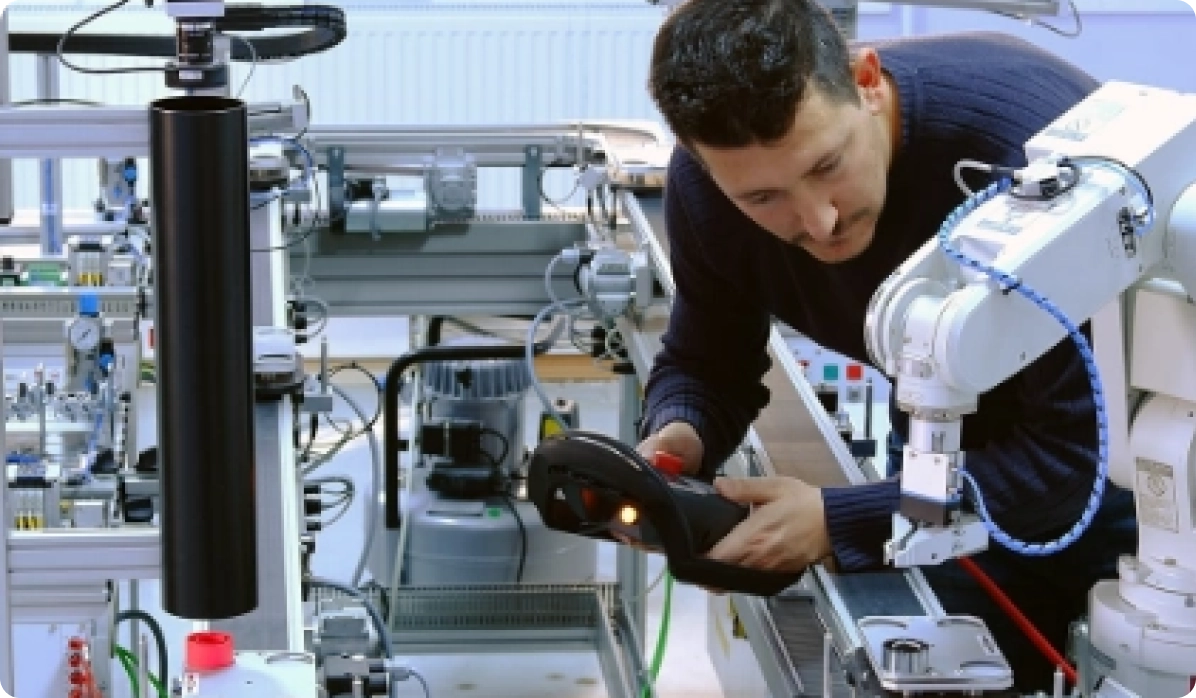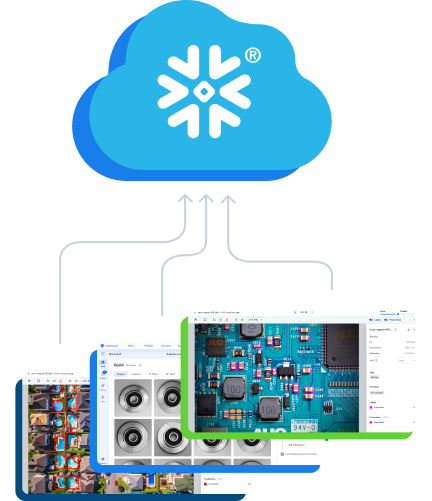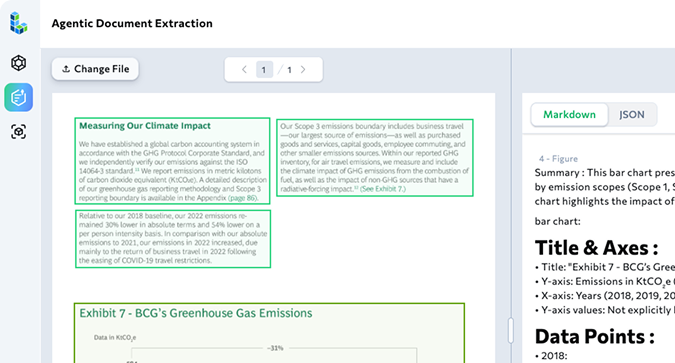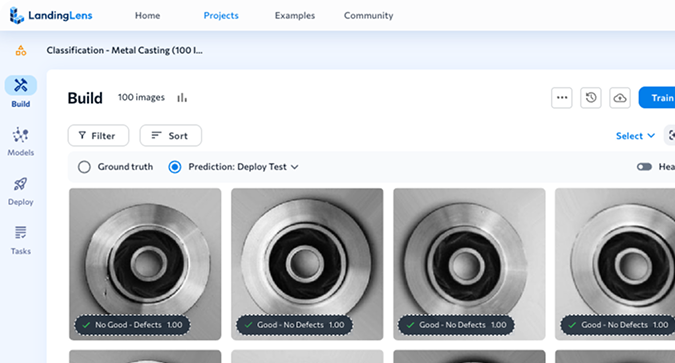
Applications of AI in Electronics
From printed circuit boards to fully assembled products, electronic components benefit from advanced visual inspection. Below are key applications of artificial intelligence and deep learning that support quality control throughout the electronics industry.
LandingLens: The Benefits of AI-Powered Computer Vision in Electronics
LandingLens, an industry-first AI platform for visual inspection, strengthens quality assurance by improving accuracy and reducing false positives. The end-to-end platform standardizes deep learning solutions that reduce development time and scale projects easily to multiple facilities across the globe.
Maintain Quality, Boost Efficiency, Ensure Compliance
Easily Adapt to Evolving Needs
- Visual inspection of electronic devices poses several challenges, largely due to the sheer number of applications involved. Tasks such as wafer inspection, PCB inspection, and welding/soldering inspection each present unique, difficult complexities for traditional machine vision systems.
- By training software with images of defective and non-defective parts, LandingLens can perform better than rules-based systems, improve inspection accuracy, and reduce false positives. Additionally, the software standardizes deep learning solutions to reduce development time and to scale projects easily to multiple facilities.
- Electronics manufacturing needs can quickly vary and evolve, for example, when new or customized parts are introduced into a process. Deep learning systems must be flexible and capable of adapting to meet new inspection requirements in today’s ever-changing manufacturing environment.
- LandingLens deep learning software provides continuous learning capabilities, which makes the accommodation of changes fast and easy. When new parts are introduced or environmental changes occur, users can easily add new images into the model and update it on the go.


